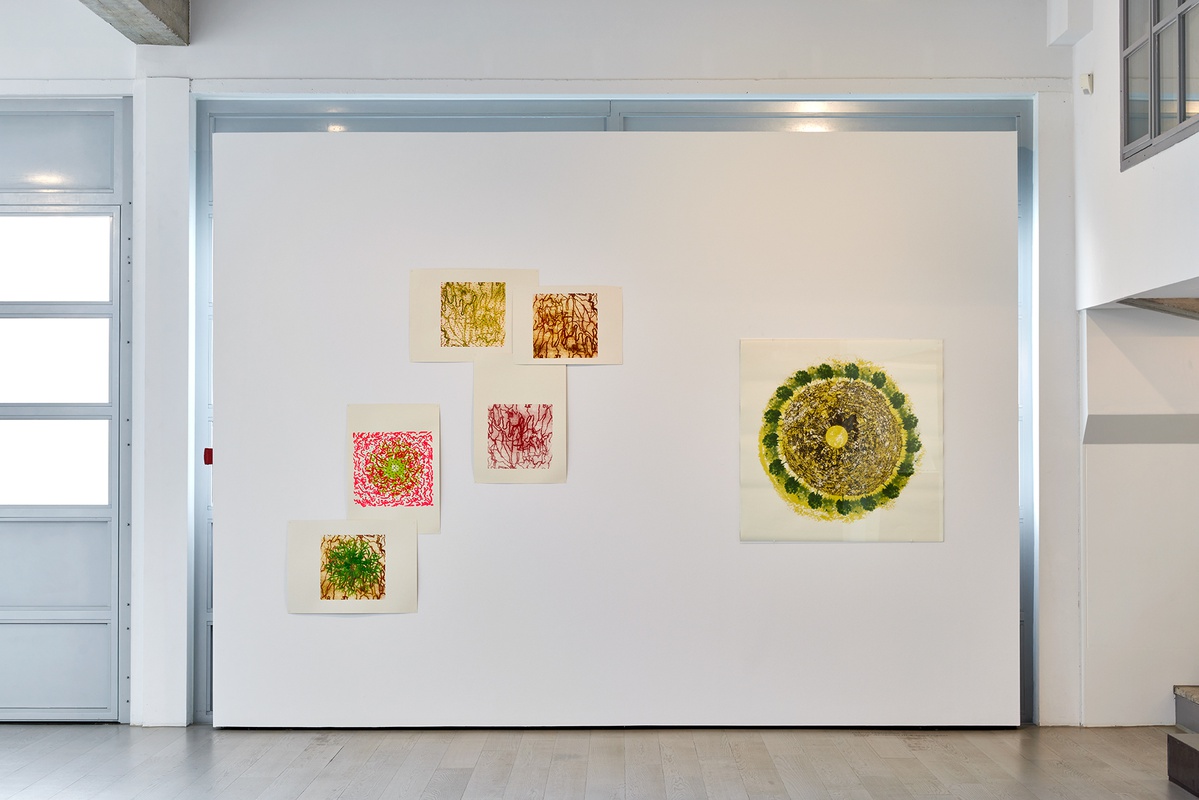Shajar Al-Yahud (the Jews trees)
Manal Mahamid
(2022)
Can we understand the nature of borders through the stories of plants? The work Shajar Al-Yahud (the Jews trees) is a series of silk prints that address the presence of eucalyptus trees surrounding urban structures and how this tree has become a geo-political metaphor in a conflict zone.
Eucalyptuses in Palestine/Israel grow everywhere and are often used to create small forests that border Israeli settlements. Described in Arabic as “Shajar Al-Yahud”, which means the trees of the Jews, the term is used among Palestinians to indicate the presence of Jewish settlements or as a warning not to get close to them.
There are various theories on how the eucalyptus reached Palestine, one of which is that it was brought by the first Israeli settlers. The tree appears in literature on the history of Jewish settlement from the 19th century and was used for various purposes. Its main purpose was to purify the air and dry swamps when malaria spread in that period. The eucalyptus became a Zionist symbol due to its numerous usages and benefits in that period. However, recently, it was defined by the Israel Nature and Parks Authority as an invasive species that threatens the life of indigenous plants; a controversial topic due to its multiple functions. As described in the poetry of Dori Manor: “Zionist eucalyptus clashes with the cypress tree [indigenous to the area], who will hit its root and who will score? Who will burst its force in the race of centimetres?”

